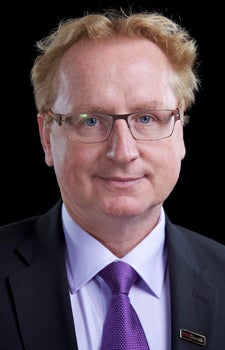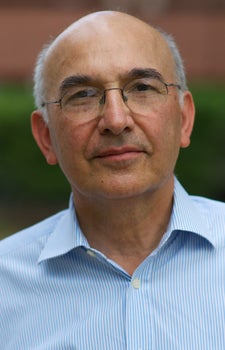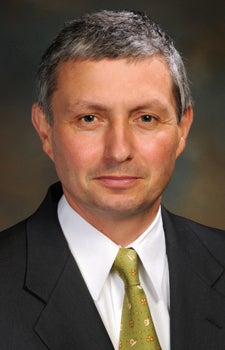World’s Most Influential Scientists
Four researchers at USC Dornsife have been named by Thomson Reuters as having “The World’s Most Influential Scientific Minds” for 2014.
Based in New York City, the multinational media and information firm assessed papers indexed between 2002 and 2012 in 21 fields of study. They tracked authors who published numerous articles ranking among the top one percent of the most cited in their fields in the year of publication. The documents represent research that the scientific community has judged to be the most significant and useful.
Among the four given the distinction was USC Dornsife Dean Steve Kay, who emphasized the collective effort to produce science with relevance through translational research.
“I am fortunate to share this honor with so many wonderful colleagues at USC,” Kay said. “Our recognition affirms our collective mission to make USC the best institution in the world for cutting-edge science and medicine.”
Upwards of 3,200 researchers from throughout the world are recognized in the study. The compilation is meant to attest to the power and scope of citations in determining influential research across disciplines.
The USC Dornsife researchers included are:

Steve Kay. Photo by Max S. Gerber.
- Kay, under the “Plant and Animal Science” category. Kay holds the Anna H. Bing Dean’s Chair and faculty appointments in molecular and computational biology at USC Dornsife as well as in neurology, physiology and biophysics at the Keck School of Medicine of USC. His research has contributed significantly to the understanding of the genetic basis for circadian rhythms, which serve as the body’s clock for timing the day-night cycle. Recently his group and others explored the ties between circadian rhythms and the body’s metabolism, helping to explain why night-shift workers, frequent travelers and others with disrupted circadian rhythms appear more prone to metabolic disorders. His team has discovered a chemical that regulates our biological clock that, in turn, could be used to develop new drugs to treat metabolic disorders such as type 2 diabetes. His research models are plants. Another larger area of Kay’s research is building the foundation to create a more robust plant for future food security.

Hashem Pesaran. Photo by Dietmar Quistorf.
- Hashem Pesaran, the John Elliott Distinguished Chair in Economics, professor of economics and director of the USC Center for Applied Financial Economics, under the “Economics and Business” category. With more than 130 publications in leading scientific journals in the areas of econometrics, empirical macroeconomics and the Iranian economy, Pesaran is also an expert in the economics of oil and the Middle East. Pesaran was key in launching the USC Dornsife Institute for New Economic Thinking (USC Dornsife INET), which will bolster research in globalization, regulation of financial institutions, and collaboration with schools and institutes across the university.

Kenneth Nealson. Photo by Philip Channing.
- Kenneth Nealson, Wrigley Chair in Environmental Studies and professor of earth sciences and biological sciences, under the “Microbiology” category. Among his groundbreaking work in environmental microbiology was the discovery of the regulatory mechanism quorum sensing and the isolation and identification of metal reducing bacterium. Nealson discovered a mechanism the bacteria used to control their light emission that he called “autoinduction.” He and his team purified the “autoinducer” — a homoserine lactone — and showed that it was used by the bacteria to communicate with each other in a process later renamed “quorum sensing.” This mechanism is now recognized as a major mechanism involved with microbial ecology, especially regarding biofilm formation and pathogenesis.

Ray Stevens. Photo courtesy of The Scripps Research Institute.
- Ray Stevens, Provost Professor of Biological Sciences and Chemistry, and director of The Bridge Institute, under the “Biology and Biochemistry” category. The USC Dornsife alumnus arrived from the Scripps Research Institute in La Jolla, California, on July 1. Stevens is best known for determining the structure of proteins, essential work for pharmaceutical drug development. He researches human G-Protein Coupled Receptors. Located on the cells’ surface, these receptors make good drug targets. Stevens collaborated on research that resulted in the creation of Tamiflu. He earned his Ph.D. at USC Dornsife, where he worked with Distinguished Professor of Chemistry George Olah, awarded a Nobel Prize in Chemistry in 1994.